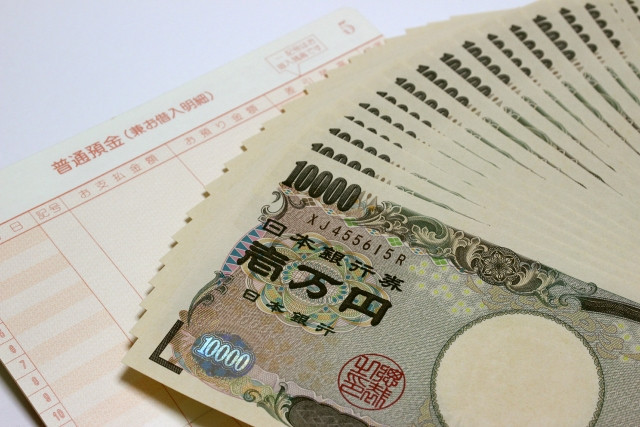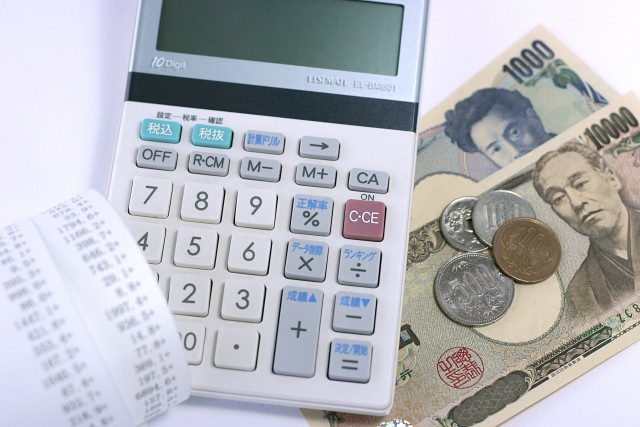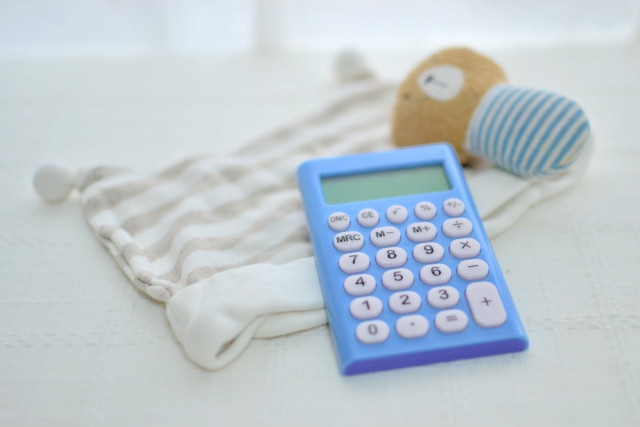There is no rule that all good food must be expensive. Food costs can be quite high when traveling, more so if you want to taste the local dishes. This is a simple guide for your Japan trip on cutting expenses while still keeping a full stomach.
How to handle your yen wisely while enjoying Japanese cuisine
Home-cooked meals, cheap ingredients and where to find them
A place where you can cook for yourself is important to look for. Preparing your own meals can help you save some money in the long run. The best tours are those that are away from home but still offer the same comfort and convenience, so make yourself at home in the place where you are staying. Cooking might take up a great deal of your time, but it will save you money.
Japan is home to a variety of ingredients packed with different flavors and textures. Grocery stores are located near hotels and apartments, where cheap fresh ingredients can be bought for preparing home-cooked meals. Check out slightly older and dented packaging if you can find any; those are the ones with discounted stickers - don’t worry since it’s just the outside anyways.
For people who enjoy cooking, this can be a good chance to experiment with new flavors, ones that are different from the usual ingredients back home. Inexpensive ingredients include seasonal vegetables, variations of seafood, and soybean products, as well as seasoning.
The wonders of (late night) supermarket shopping

Japanese supermarkets offer a lot of ingredients. It is also a great place to buy a wide array of prepared meals at a lower price if cooking at home is not an option. This is a great way to keep a full tummy while avoiding the expense of eating in a restaurant or fast-food chain, but still getting to try local Japanese food.
These grocery stores often drop the prices for their prepared meals later in the day. Check your local supermarket's operating hours and get there an hour before their closing time. They try to sell everything, at least, by the end of the day.
It may be cheaper to eat outside (and convenient, too!)
The streets of Japan are loaded with restaurants, food carts, convenience stores, and many other kinds of food places, all of them varying in price and quality. Enjoy a warm bowl of ramen served right away as you take in the Japanese ambiance. Bite into the savory goodness of street snacks like takoyaki and okonomiyaki if you’re in the right area.
Aside from this, vending machines and shop options to purchase bento boxes are also available. The combination of the creatively arranged contents of this bento lunch box varies from rice or noodles, fish or meatballs, and other varieties are priced around 500 yen, sometimes more, sometimes less.
What's more is that there is no need to worry about the hassle of buying ingredients, preparing the meal, and cleaning. Make the Japan tour experience a truly unforgettable one by delighting yourself in its local flavors.
Writer's Pick
Full tummies, minus the empty pockets: Where to go
Street food
Mobile food stalls in Japan are called 屋台 (yatai). Street foods are a perfect choice for casual eating while walking around because they are packed with flavor but are not big in portion, costing between 200 to 1000 yen.
Some of the popular street foods commonly available in Japan are curry pan (bread with Japanese curry filling), senbei (rice crackers), yakisoba (stir-fried noodles), okonomiyaki (savory pancakes), takoyaki (ball-shaped appetizers made of wheat flour), and many more. And the best place to experience an ultimate street food experience? Visit Tokyo Ameyoko Market and Sunamachi Ginza!
For those who have a sweet tooth, snacks like daigaku imo (deep-fried sugar coated sweet potatoes), coned-shaped crepes, kakigori (shaved ice with flavored syrup, condensed milk, and toppings), and soft serve matcha gelato. Check out Asakusa’s Nakamise Dori to try the above sweets!
Convenience Stores

A significant part of the daily lives of the Japanese is their convenience stores (or what they usually call "conbini"). 7Eleven, Family Mart, and Lawson are some of the most well-known stores in the country. Most of these stores operate 24 hours a day, seven days a week, a convenience for those who want a quick meal to people who enjoy late-night snacking.
A variety of typical junk food and snacks are also available in different Japanese convenience stores. Many stores offer prepared meals such as onigiri or Japanese rice balls, baked goods, salad, sandwiches, Japanese-style pasta, udon, and many more. Some convenience stores have eat-in spaces where you can eat the food you bought at the store. The staff will often ask if you would like your food to be heated or sometimes they have microwaves set up so you can heat up your own food in the dine-in space. Hot water is also available for your instant noodles and hot drink needs.
Fast Food: a wonderful combination of affordable and delicious
Japan also has numerous fast-food joints; unlike convenience stores, they are open depending on the business hours. Favorite fast-food restaurants are Burger King, KFC, Mcdonald's, Freshness Burger, and MOS Burger. Fast foods are unique in Japan because the taste of the food served is modified from a Western origin into a flavor that appeals to the Japanese community. Examples of these are McDonald's teriyaki burger and red bean paste pies.
Ramen, Gyudon and Set meal Restaurants

There are thousands of ramen restaurants in Japan, ranging from nationwide chains such as Ippudo, to higher-end ramen restaurants like Maishi, to small owner-operated shops where diners eat standing up. Ramen is a casual meal in Japan. Ramen shops using ticket vending machines are often now multilingual, making these machines convenient even for foreigners.
Gyudon is a rice bowl dish with a topping of sweet and savory beef slices, flavored with soy sauce and sugar. This dish is considered as a fast food meal in Japan. Restaurants such as Yoshinoya, Matsuya, and Sukiya located throughout the country offer this dish as their specialty. Prices vary, depending on the serving, but the average price per bowl costs around 400 yen.
Teishoku is a combination of dishes all in one meal, served with a main dish that is usually meat or fish. This kind of dining is based on ichiju-issai, which means "one soup, one side," usually priced around 800 to 1,000 yen. Aside from this, donburi restaurants are offering an affordable meal combination of western comfort food and Japanese rice bowl menu set.
Other places
Starting at only around 1000 yen, you can eat all you want. Buffet restaurants also exist in Japan, and they are commonly called "baikingu". They usually place a time limit of 1 to 3 hours, or while in other places, customers only need to finish all food that they took.
Bakeries in Japan are quite different from those found in Western countries. With thousands of bakeries scattered all around Japan, recipes vary from one another. Bakeries usually have a self-service system, where customers are free to take as much bread as they want before bringing it to the counter to pay. Some popular Japanese bread choices include melonpan (soft, sweet bun covered with a crisp crust), and cream pan (soft bun filled with vanilla custard cream).
Sushi is considered an expensive dish, but there are numerous restaurants where you can get inexpensive sushi. Kaiten-sushi (or conveyor belt sushi) is an affordable alternative to get a satisfying fill of fresh fish. Kaiten-sushi places have plates of sushi revolving around the restaurant on a conveyor belt, with each plate priced around 100 yen to 300 yen.

Average prices for affordable eats
To give you a quick glance of the typical food prices in Japan, here is an overview:
-
Street food – 200 to 1000 yen
-
Gyudon restaurants – 300 to 600 yen
-
Convenience store prepared meals – 400 to 600 yen
-
Bento boxes – 500 yen as a starting price
-
Ramen – 600 to 1700 yen
-
Fast food – 500 to 700 yen
-
Family restaurants – 800 to 1000 yen
-
Teishoku – 800 to 1000 yen
-
All-you-can-eat restaurants - 1000 to 1500 yen as a starting point
Summary
Enjoying the cuisine of a certain country makes touring more enjoyable, and it does not necessarily mean that you have to sacrifice your financial well-being to take in the full experience.
Japan offers a lot of choices when it comes to eating. Different prices and portions, variation, and convenience make it easier to mix and match whatever you decide to eat while roaming around, depending on one's financial capability and travel plans; all of this while savoring the taste of Japan's rich culture.



































